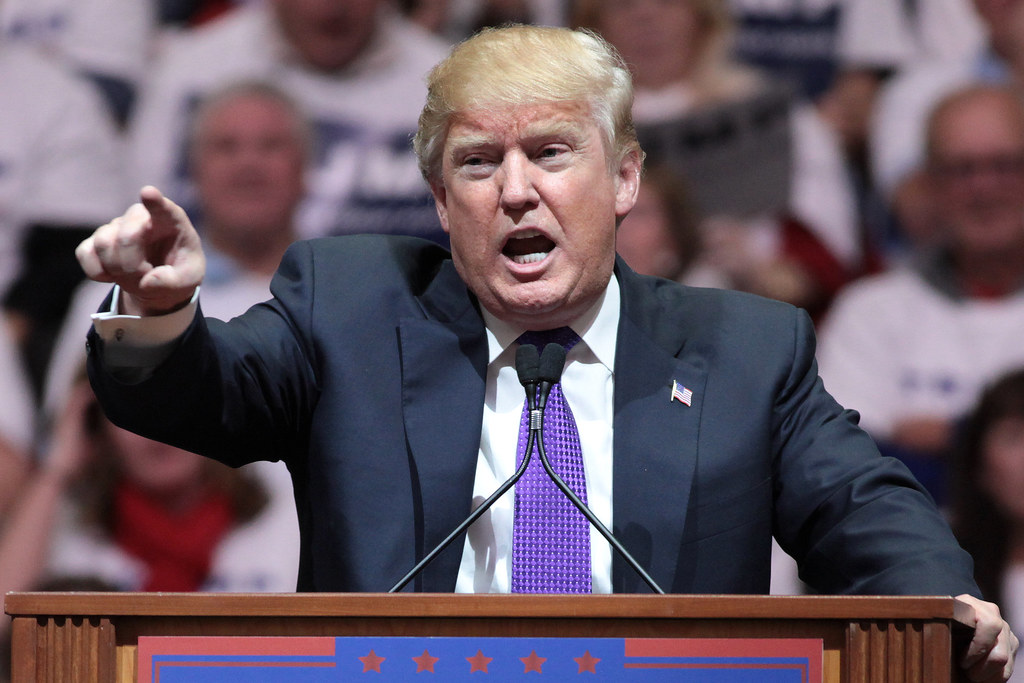Category: Politics & Government
News
- Articles from Policy & Internet
- Books
- Call for Papers
- Child Safety
- Collective Action
- Conferences
- Democracy
- Development
- Economics
- Education
- Environment
- Ethics
- Governance & Security
- Health
- Interviews
- Mapping
- Methods
- Policy
- Politics & Government
- Publications
- Social Data Science
- Submissions Closed
- Tools
- Video
- Wellbeing
-

Should citizens be allowed to vote on public budgets?
Considered to be a successful example of empowered democratic governance, participatory budgeting has spread among…
-

Back to the bad old days, as civil service infighting threatens UK’s only hope for digital government
The Government Digital Service (GDS) isn’t perfect, but to erase the progress it has put…









